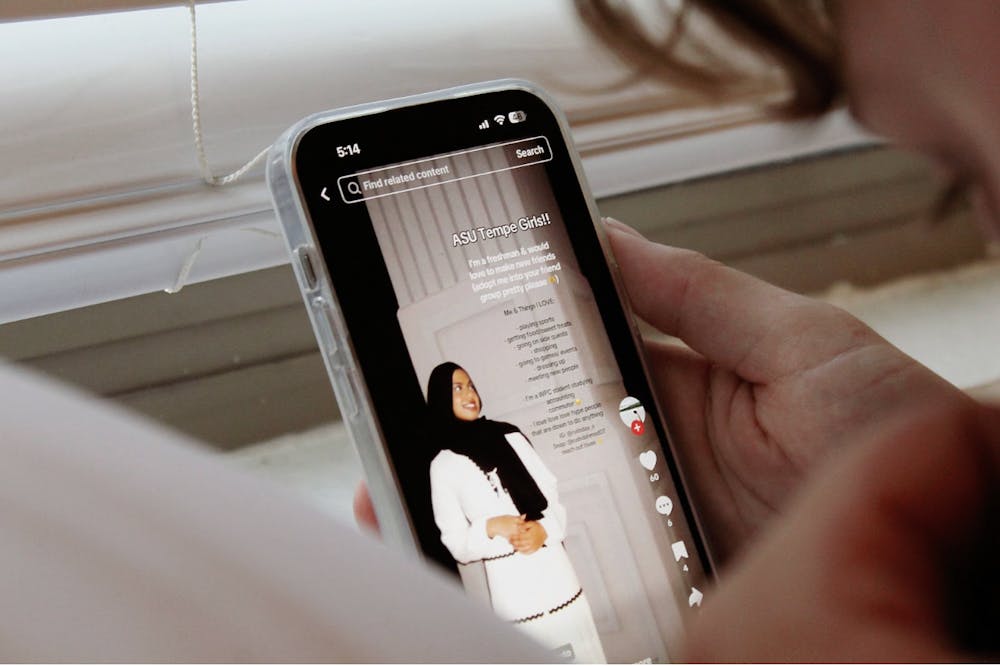At one of the largest universities in the country, students are using TikTok to post short videos about themselves in hopes of making connections online that turn into real friendships.
In these clips, students tend to share their majors, hobbies, and interests. They usually include information on their other social media profiles and encourage viewers to comment on the video or message them directly.
“I had quite a few people reach out to me over DM, and we even met up,” said Rushda Ahmed, a freshman at ASU’s Tempe campus who participated in this trend.
Ahmed said the idea came from watching others do the same. As a commuter student who doesn’t live on campus in Tempe, meeting people felt more difficult.
She is not alone, and experts at ASU say students like Ahmed are using the tools they know best to build community.
“ASU is massive and they are trying to find ways to make connections,” said Asheley R. Landrum, a media psychology professor at ASU. “And they are doing it through the platform that they are using the most, TikTok.”
While TikTok was not designed for conversation, students are giving it a new purpose: using it to meet new people, driven by the need to build connections.
“They are trying to retrofit it to force it to have some social outputs,” Landrum said. “It is almost designed in a way to not be.”
Ahmed said TikTok helped her find others with similar schedules and interests, especially other commuters who wanted to meet between classes or outside of campus.
She added that she prefers more meaningful friendships over the party culture often associated with ASU.
“I do not enjoy the party culture that exists in this school,” Ahmed said. “So it is nice to find more people that are interested in making friends outside of that party culture.”
Landrum said this reflects a broader shift in how Gen Z students form friendships. Rather than meeting people by chance, they use digital platforms to make socializing feel more structured, sometimes mirroring childhood experiences.
“They are basically soliciting playdates over social media,” Landrum said. “Now we are seeing kids who started having scheduled playdates, coordinated activities, structured play, going to college, and instead of having unstructured socialization time, they are doing the same thing online.”
ASU communication professor Liesel Sharabi has also noticed the shift, saying social media has traditionally helped people maintain relationships, but now, it is being used to start them.
“This idea that social media can help people expand their networks and initiate friendships is a little bit of a newer trend,” Sharabi said.
Another contributor to this trend is Gen Z’s comfort level with being online, having grown up with it.
“There is less of that sense of stranger danger,” Sharabi said. “Now people are more open to meeting strangers online than older generations.”
Both Sharabi and Landrum emphasize that in-person interaction will always play an important role, a point Ahmed agrees with. She added that even though campus events tend to be more effective, like-minded people she has met online have also turned into real friendships later on.
Sharabi added that these online trends help students feel more connected. She explained that being part of a community where people share similar experiences can be very humanizing.
Ahmed does not regret posting that video and recommends anyone who struggles to find friends on campus to make a video of their own.
Landrum agreed that if TikTok helps students build genuine friendships, there is no harm in using it.
“Get connections wherever you can,” Landrum said.

